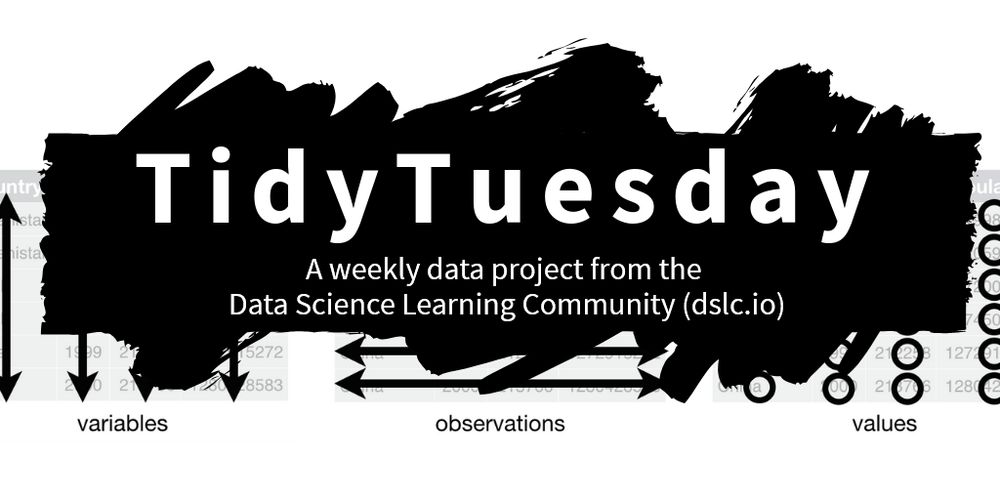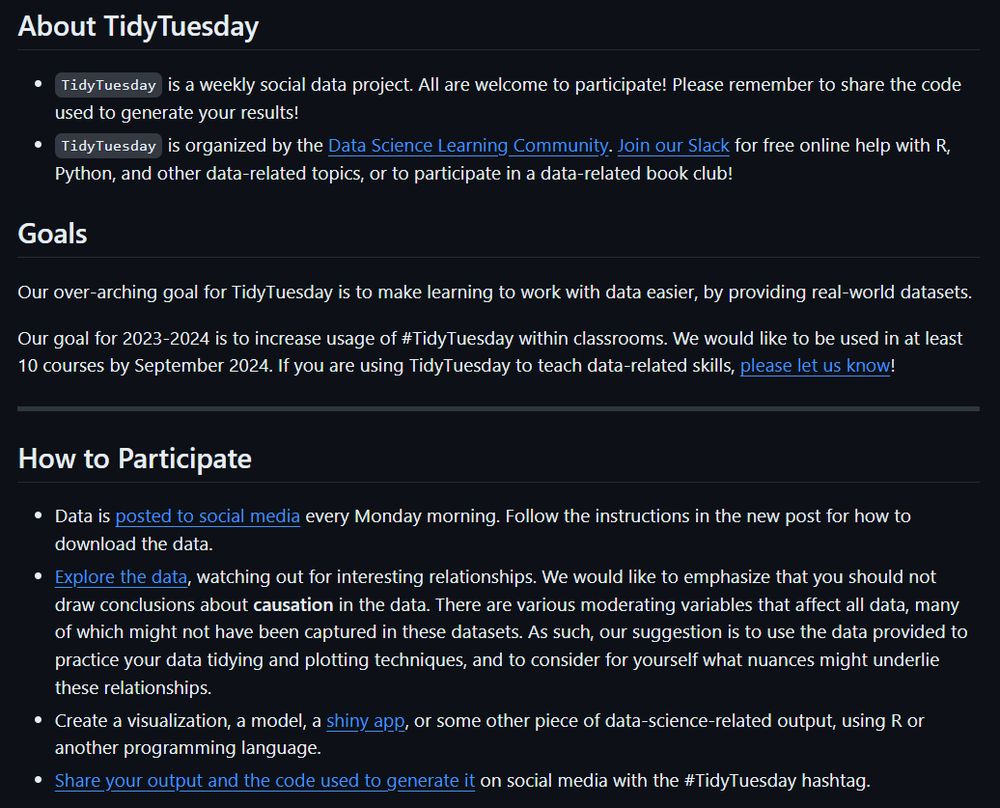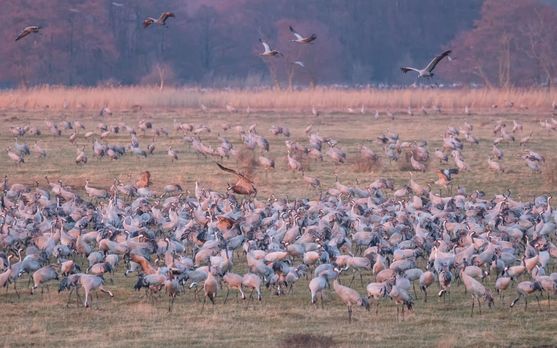Calle Börstell
@cborstell.bsky.social
1.7K followers
460 following
200 posts
Linguist at the University of Bergen 🇳🇴
#SignLanguages, #linguistics, #RStats & #dataviz
Posts
Media
Videos
Starter Packs
Reposted by Calle Börstell
Reposted by Calle Börstell
Reposted by Calle Börstell





![library(lubridate)
yr <- 2025
# This doesn't work
ymd(yr)
#> Warning message:
#> All formats failed to parse. No formats found.
#> [1] NA
#-------
# TIRED
#-------
# I've done this for *yeeeeears*
ymd(paste0(yr, "-01-01"))
#> [1] "2025-01-01"
#-------
# WIRED
#-------
# The truncated argument tells {lubridate} that it can
# ignore up to 2 (in this case) formats to look for.
# Ordinarily `ymd()` looks for three formats: a year,
# a month, and a day. `truncated = 2` means it can skip
# the month and day parts
ymd(yr, truncated = 2)
#> [1] "2025-01-01"
ymd(c("2025", "2025-10", "2025-10-02"), truncated = 2)
#> [1] "2025-01-01" "2025-10-01" "2025-10-02"](https://cdn.bsky.app/img/feed_thumbnail/plain/did:plc:2zcfjzyocp6kapg6jc4eacok/bafkreihu4f54mnmgtyyl2u6azxu6iqdgjwrcte7hgdmv4cfyevyyexer3i@jpeg)












